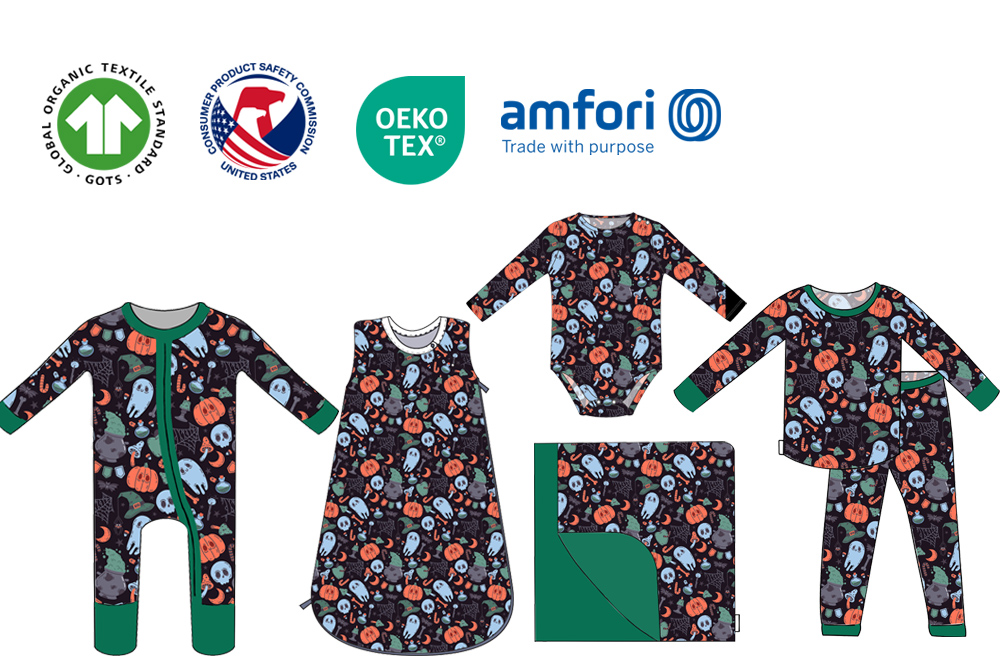
I. Introduction
In the realm of children's apparel, creating a successful baby clothing line goes beyond mere fashion; it's about crafting garments that resonate with both style-conscious parents and comfort-seeking babies. As we gear up for the 2025 spring/summer season, the stakes are higher than ever to deliver collections that blend aesthetic appeal with practicality.
II. Market Research and Target Audience
To embark on this journey, conducting thorough market research is paramount. Understanding prevailing trends and discerning consumer preferences can guide decisions from design to distribution. Delving into demographic data reveals nuances in what parents seek: from eco-conscious materials to functional designs that simplify parenting.
III. Design and Product Development
A. Creating Unique and Attractive Designs
Design innovation lies at the heart of baby clothing line success. From adorable baby rompers to cozy kids' pajama sets and versatile mom-and-me outfits, each piece must embody uniqueness. Intricate detailing, playful patterns, and thoughtful color palettes captivate not only tiny fashionistas but also the discerning eyes of their caregivers.
B. Ensuring High Quality and Comfort
Central to any baby apparel venture is prioritizing fabric quality. Opting for organic cottons and bamboo blends not only aligns with sustainability goals but also ensures garments are gentle on sensitive skin. Seamless stitching, breathable textiles, and hypoallergenic finishes reassure parents of their little one's comfort and well-being.
IV. Branding and Marketing Strategy
A. Developing a Strong Brand Identity
Building a robust brand identity begins with a narrative that resonates with today's conscientious parents. Emphasizing ethical sourcing practices, such as GOTS certification and OEKO-TEX® compliance, fosters trust and loyalty. Crafting a compelling brand story through transparent practices and community engagement sets the stage for enduring connections.
B. Utilizing Effective Marketing Channels
In a digital age, leveraging diverse marketing channels amplifies brand visibility. Strategic social media campaigns on platforms like Instagram and Facebook target millennial parents, while collaborations with parenting influencers showcase authenticity. In-store events and pop-up shops offer tactile experiences that reinforce brand ethos and cultivate brand ambassadors.
V. Distribution and Sales
A. Selecting Appropriate Distribution Channels
Choosing between online storefronts and brick-and-mortar boutiques hinges on accessibility and brand positioning. E-commerce platforms provide global reach and convenience, while physical retail locations offer tactile experiences. Hybrid models cater to diverse consumer preferences, ensuring seamless shopping experiences across touchpoints.
B. Implementing Effective Sales Strategies
From enticing introductory offers to loyalty programs, driving revenue growth necessitates agile sales strategies. Personalized customer interactions, facilitated by CRM systems, enhance shopping experiences. Analyzing sales data and consumer feedback refines future collections, fostering iterative improvement and sustained profitability.
VI. Customer Service
Providing Excellent Customer Service
Exceeding customer expectations is non-negotiable in fostering long-term relationships. Prompt resolution of inquiries, hassle-free returns, and personalized recommendations showcase dedication to customer satisfaction. Engaging with feedback channels cultivates a community-driven approach, where every interaction reflects a commitment to enhancing parenthood experiences.